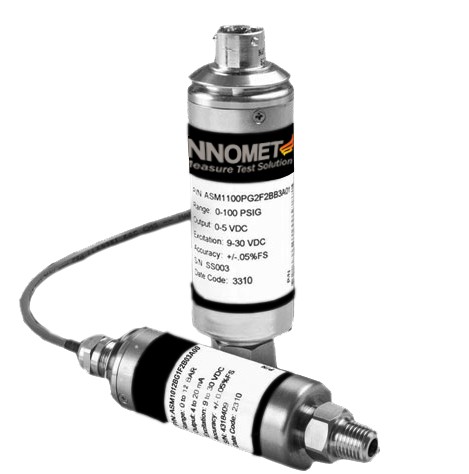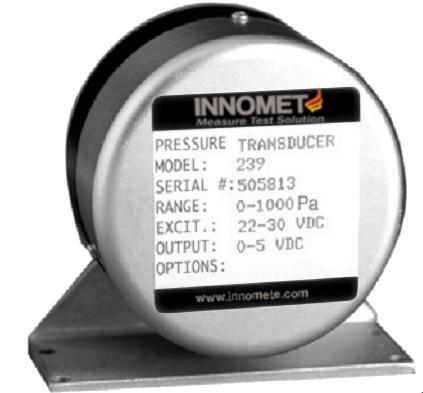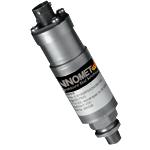Technology
Market
Products - Presure Sensor
Variable Capacitance
Innomete’s capacitive pressure transducers are expertly designed adaptations of a simple, durable and fundamentally stable device…the electrical capacitor.
In a typical Innomete configuration, a compact housing contains two closely–spaced, parallel, electrically-isolated metallic surfaces, one of which is essentially a diaphragm capable of slight flexing under applied pressure. The diaphragm is constructed of a low–hysteresis material such as 17–4 PH SS or a proprietary compound of fused glass and ceramic . These firmly secured surfaces (or plates) are mounted so that a slight mechanical flexing of the assembly, caused by a minute change in applied pressure, alters the gap between them (creating, in effect, a variable capacitor).
The resulting change in capacitance is detected and converted by Innomete’s custom Application Specific Integrated Circuit (ASIC) to a proportional high level analog signal.
The inherent simplicity and ruggedness of this physical configuration, the fact that all wettable parts are of stainless steel or low-hysteresis ceramic, and a careful marriage of the mechanical assembly to the electronic circuitry, all combine to create a transducer that exhibits uniformly superior performance and reliability.
Innomete also uses strain gage CVD process which can be found in some of our industrial products. This is a more common technology but is advantageous in high volume, low cost applications. .





